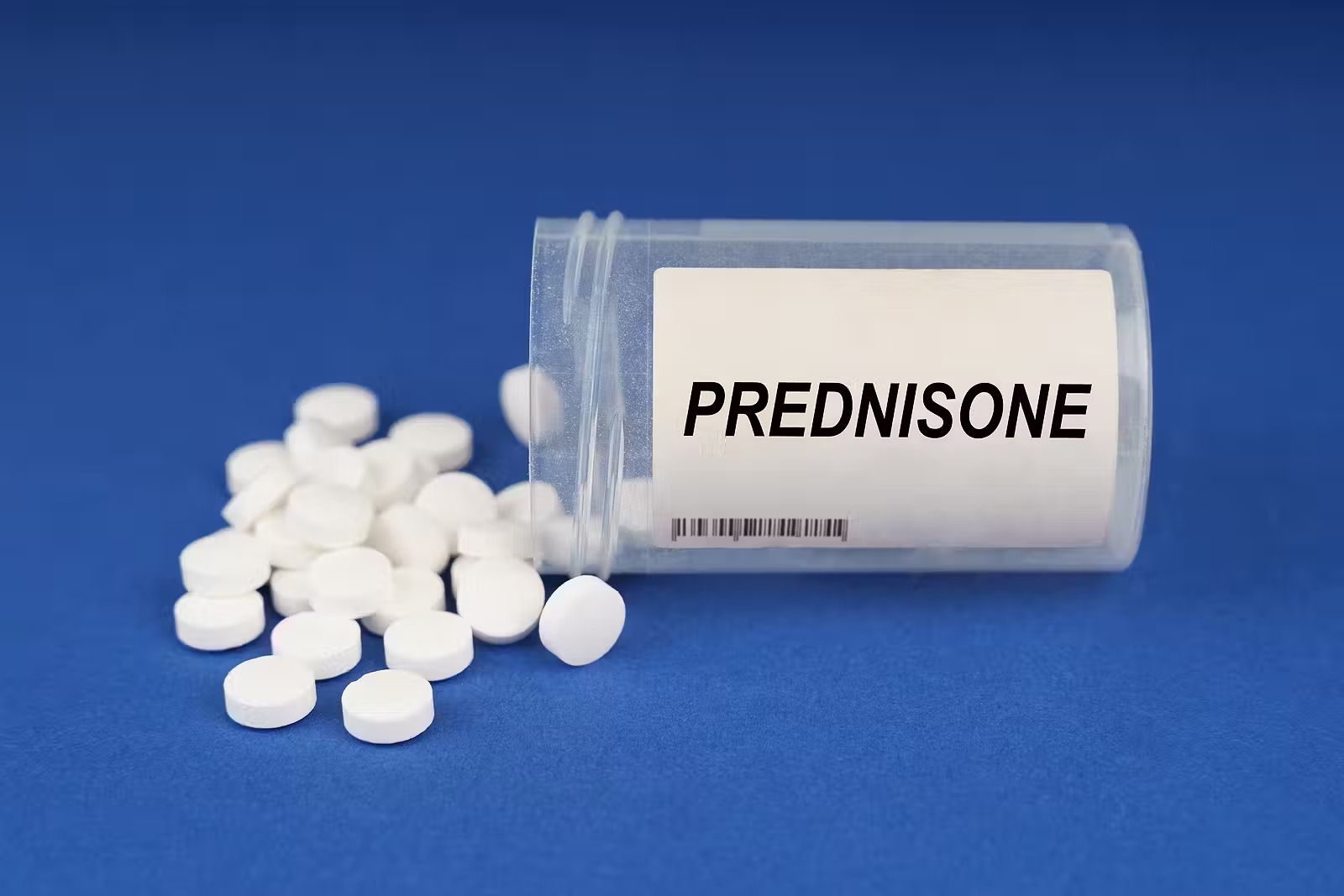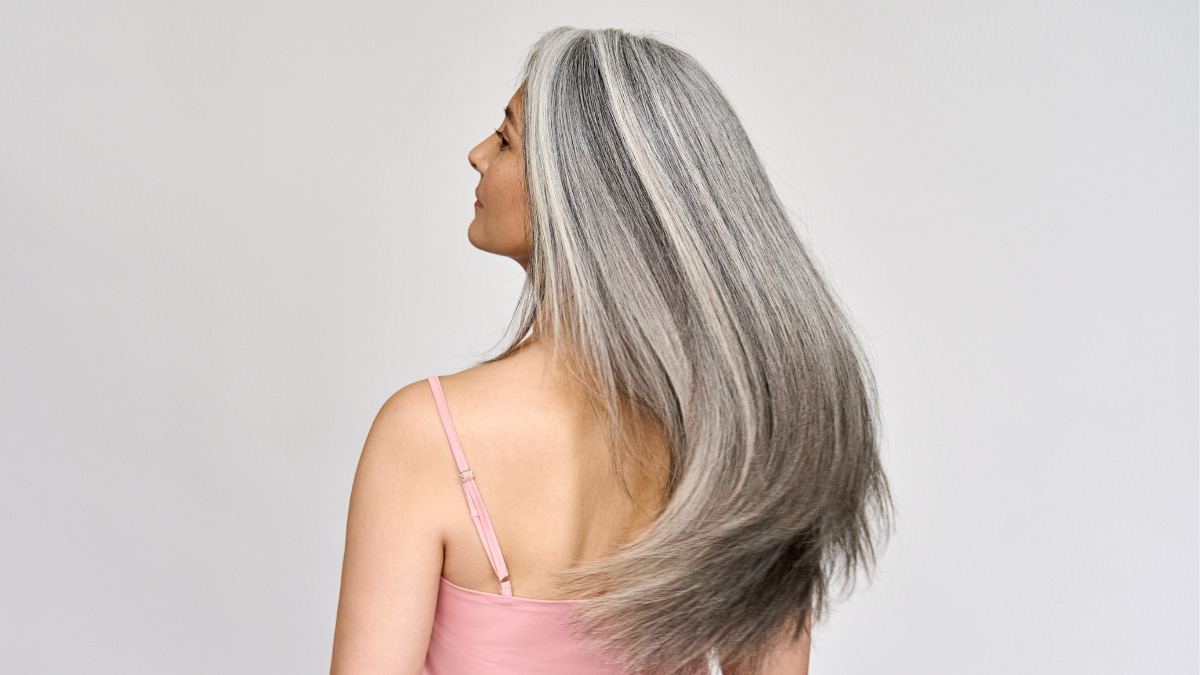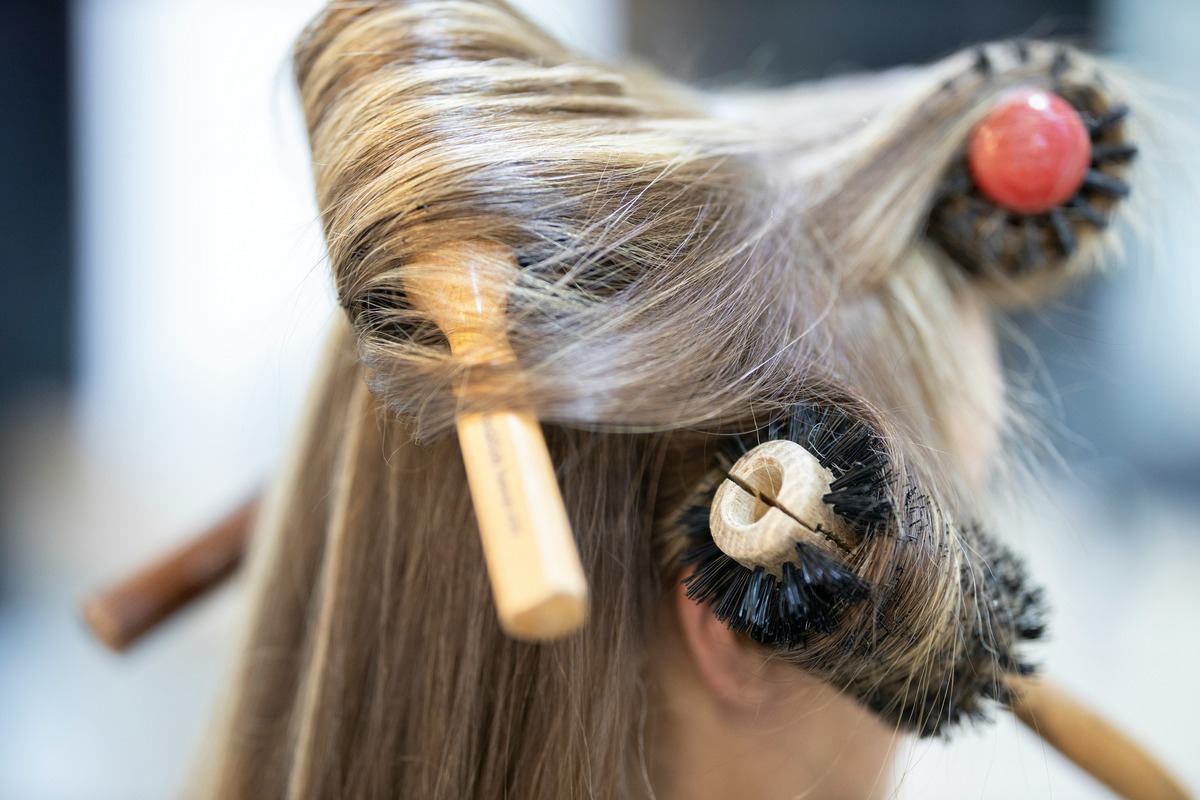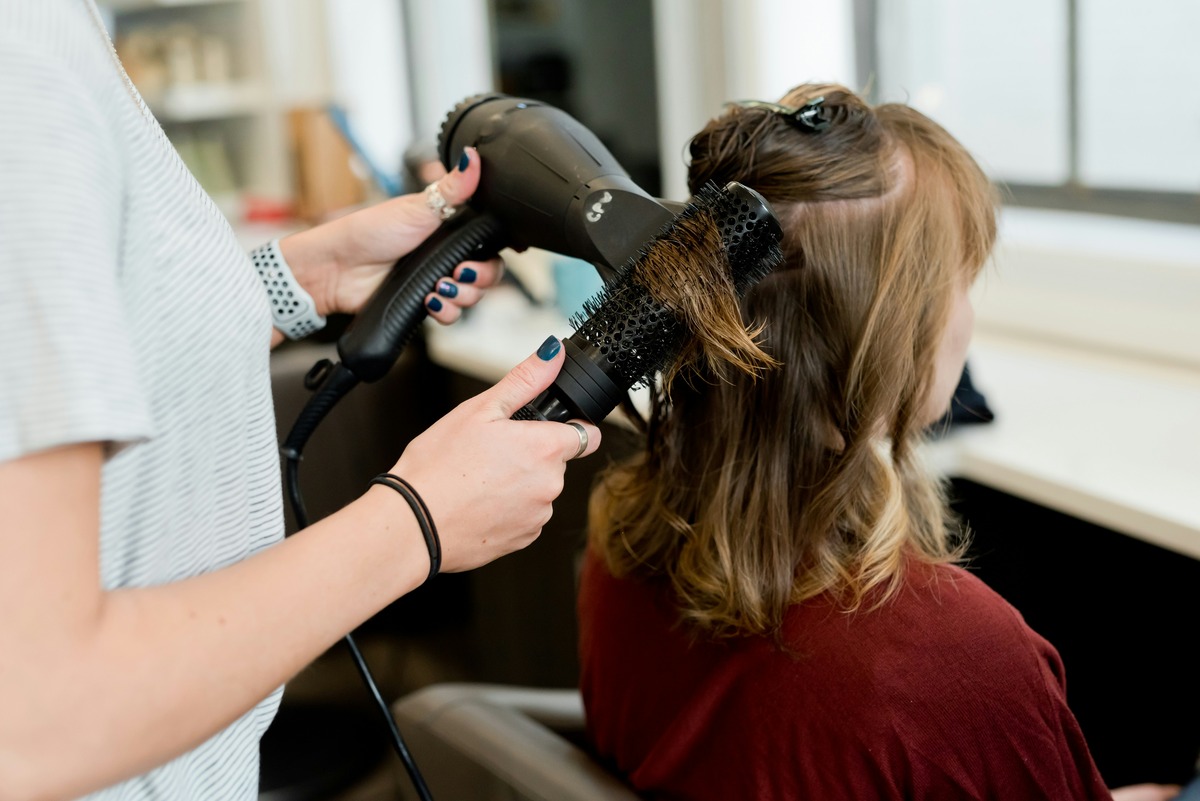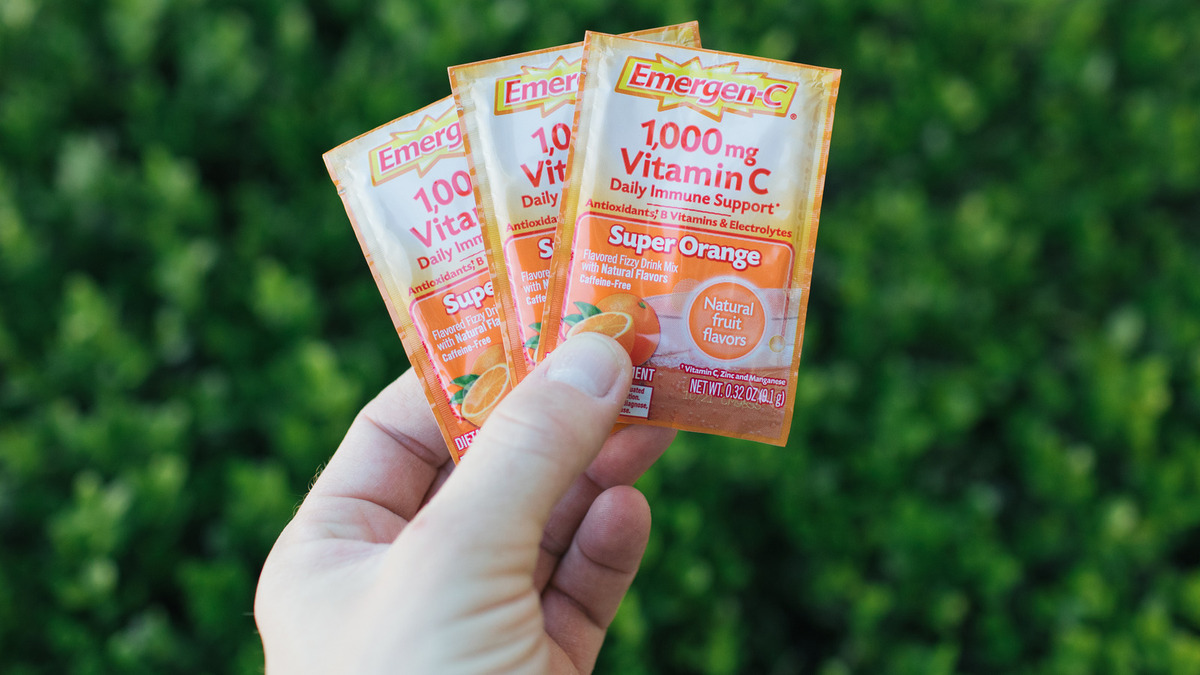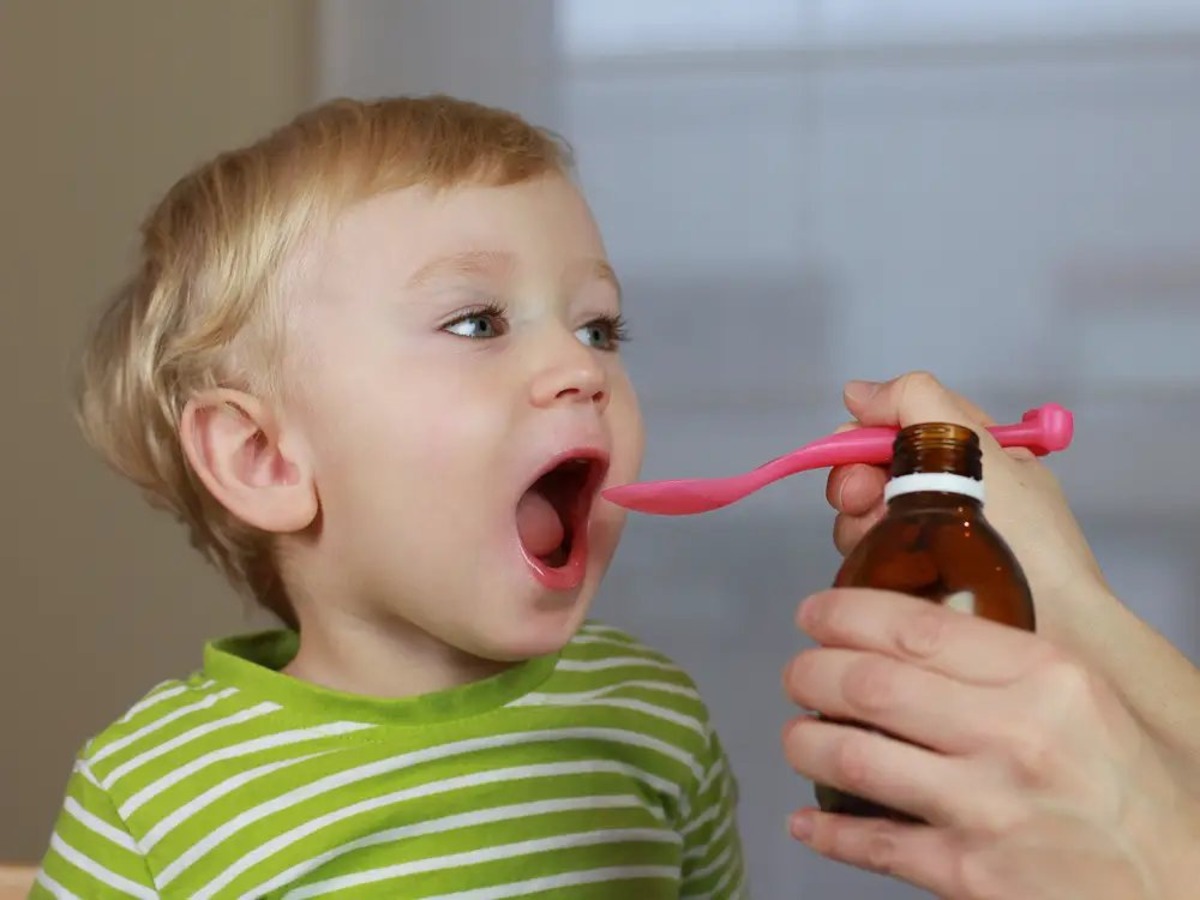Home>Health and Wellness>The Surprising Truth About Hair Color Developer Expiration


Health and Wellness
The Surprising Truth About Hair Color Developer Expiration
Published: January 29, 2024
Discover the surprising truth about hair color developer expiration and its impact on your health and wellness. Learn how expired products can affect your hair and overall well-being. Unlock the secrets to maintaining vibrant and healthy hair color.
(Many of the links in this article redirect to a specific reviewed product. Your purchase of these products through affiliate links helps to generate commission for Noodls.com, at no extra cost. Learn more)
Table of Contents
Introduction
Hair color developers play a pivotal role in the hair coloring process, working in tandem with the actual hair color to open the hair cuticle and enable the color to penetrate the hair shaft. However, there's a crucial aspect of hair color developers that often goes overlooked: their expiration dates. While many people are diligent about checking the expiration dates on food and medication, the expiration of hair color developers is frequently disregarded. This oversight can have significant implications for the outcome of a hair coloring treatment and the health of the user's hair.
In this article, we'll delve into the surprising truth about hair color developer expiration. We'll explore what a hair color developer is, the potential consequences of using an expired developer, and how to identify if a developer has surpassed its shelf life. Additionally, we'll discuss the risks associated with using expired hair color developer and provide valuable insights on how to properly store these products to extend their shelf life.
Understanding the impact of expired hair color developers is crucial for anyone who colors their hair or visits a salon for coloring treatments. By shedding light on this often overlooked aspect of hair care, we aim to empower individuals to make informed decisions about their hair coloring routines and safeguard the health and vibrancy of their hair. So, let's embark on this enlightening journey to uncover the surprising truth about hair color developer expiration.
What is a hair color developer?
A hair color developer, also known as a hair color activator or hair color oxidant, is an essential component of the hair coloring process. It is a cream or liquid substance that contains hydrogen peroxide, which serves as the oxidizing agent. When mixed with hair color or bleach, the developer activates the color molecules and facilitates their penetration into the hair shaft.
Developers are available in various volumes, typically ranging from 10 to 40 volumes, with each volume representing the concentration of hydrogen peroxide. The volume of the developer determines the level of lift or lightening that can be achieved. Lower volume developers are suitable for deposit-only color treatments, while higher volume developers are used for lightening or lifting the natural hair color.
The primary function of a hair color developer is to open the hair cuticle, allowing the color molecules to penetrate the cortex of the hair. This process alters the natural pigment of the hair, resulting in a new color. Additionally, the developer initiates the chemical reaction that causes the hair color to develop and become permanent.
Hair color developers are formulated to work in synergy with specific hair color or bleach products. The correct ratio of developer to hair color or bleach is crucial for achieving the desired color result and ensuring the integrity of the hair. Using the wrong volume of developer or failing to follow the recommended mixing ratios can lead to uneven color, insufficient lift, or hair damage.
In summary, a hair color developer is a vital component in the hair coloring process, playing a pivotal role in opening the hair cuticle, activating the color molecules, and facilitating the desired color change. Understanding the function and significance of hair color developers is fundamental for anyone engaging in hair coloring treatments, whether at home or in a salon.
What happens when a hair color developer expires?
When a hair color developer reaches its expiration date, its chemical composition undergoes significant changes, leading to potential detrimental effects on the hair coloring process and the overall health of the hair. The hydrogen peroxide within the developer, which is responsible for opening the hair cuticle and initiating the color development process, gradually degrades over time. This degradation results in a reduction of the developer's effectiveness and alters its ability to interact with the hair color or bleach.
One of the primary consequences of an expired hair color developer is diminished color performance. As the hydrogen peroxide deteriorates, its capacity to effectively open the hair cuticle diminishes, impeding the proper penetration of the color molecules into the hair shaft. This can lead to uneven color results, inadequate coverage of gray hair, and an overall lack of vibrancy in the hair color. Additionally, the expired developer may fail to provide the necessary lift for lightening treatments, resulting in undesirable brassy or orange undertones.
Furthermore, the chemical instability of an expired developer can compromise the overall integrity of the hair. When the developer's oxidizing properties weaken, the hair cuticle may not open evenly, making the hair more susceptible to damage during the coloring process. This can manifest as dryness, brittleness, and increased porosity in the hair, ultimately diminishing its strength and resilience.
In addition to the diminished color performance and potential hair damage, an expired hair color developer may also produce unpredictable and unreliable results. The altered chemical composition of the developer can lead to inconsistencies in color development, making it challenging to achieve the desired shade and tone. This unpredictability can be particularly frustrating for individuals who rely on precise and consistent color outcomes.
Moreover, the expiration of a hair color developer can render it ineffective in achieving long-lasting color results. The degraded hydrogen peroxide may not fully catalyze the color molecules, leading to premature color fading and a lack of color retention. This can result in the need for more frequent color touch-ups and maintenance, ultimately increasing the risk of overexposure to chemical treatments.
In essence, the expiration of a hair color developer brings about a cascade of negative effects, ranging from compromised color performance and potential hair damage to unpredictable results and diminished color longevity. Understanding these implications underscores the importance of using fresh, unexpired developers to ensure optimal color outcomes and maintain the health and vibrancy of the hair.
How to tell if a hair color developer has expired
Determining the expiration of a hair color developer is crucial for safeguarding the success and safety of the hair coloring process. Fortunately, there are several indicators that can help discern whether a developer has surpassed its shelf life.
Check the Expiration Date:
The most straightforward method to ascertain the expiration status of a hair color developer is to inspect the expiration date printed on the packaging. This date serves as a clear guideline for the product's shelf life and should be adhered to diligently. If the expiration date has lapsed, it is imperative to refrain from using the developer, as its chemical composition may have deteriorated, compromising its efficacy and safety.
Assess the Physical Appearance:
Visual cues can provide valuable insights into the condition of a hair color developer. Examine the developer for any signs of separation, unusual discoloration, or the presence of sedimentation. A properly stored and unexpired developer should maintain a consistent texture and color throughout. Any deviations from the expected appearance may indicate chemical degradation and render the developer unsuitable for use.
Smell Test:
The olfactory assessment can also aid in identifying an expired hair color developer. Fresh developers typically have a mild, characteristic odor associated with the presence of hydrogen peroxide. However, an expired developer may emit a pungent or rancid smell, signaling the breakdown of its chemical components. If the developer exhibits an off-putting or unusual odor, it is advisable to discard it and procure a fresh replacement.
Perform a Patch Test:
Conducting a patch test can provide firsthand evidence of the developer's viability. Apply a small amount of the developer to a discreet area of the skin and observe for any adverse reactions such as redness, irritation, or discomfort. While this method may not directly indicate expiration, it can help ascertain the developer's potency and suitability for use.
Consult the Manufacturer or Professional Stylist:
When in doubt about the status of a hair color developer, reaching out to the manufacturer or consulting a professional stylist can offer valuable guidance. Manufacturers can provide specific insights into the shelf life and characteristics of their products, while professional stylists possess the expertise to assess the condition of hair color developers and recommend suitable alternatives if needed.
By being attentive to these indicators and proactive in verifying the expiration status of hair color developers, individuals can make informed decisions and uphold the integrity of their hair coloring endeavors. Prioritizing the use of fresh and unexpired developers is pivotal for achieving optimal color results and maintaining the health and vibrancy of the hair.
The potential risks of using expired hair color developer
Using expired hair color developer poses significant risks that can compromise the outcome of a hair coloring treatment and the overall health of the hair. When a hair color developer surpasses its expiration date, several potential hazards come into play, impacting the effectiveness, safety, and long-term condition of the hair.
Diminished Color Performance:
One of the foremost risks of using expired hair color developer is the diminished color performance. As the hydrogen peroxide within the developer degrades, its ability to open the hair cuticle and facilitate the penetration of color molecules diminishes. This can result in uneven color results, inadequate gray coverage, and a lack of vibrancy in the hair color. Furthermore, the expired developer may fail to provide the necessary lift for lightening treatments, leading to undesirable brassy or orange undertones.
Hair Damage and Compromised Integrity:
The chemical instability of an expired developer can compromise the overall integrity of the hair. When the developer's oxidizing properties weaken, the hair cuticle may not open evenly, making the hair more susceptible to damage during the coloring process. This can manifest as dryness, brittleness, and increased porosity in the hair, ultimately diminishing its strength and resilience.
Unpredictable and Inconsistent Results:
Expired hair color developer can produce unpredictable and unreliable results. The altered chemical composition of the developer can lead to inconsistencies in color development, making it challenging to achieve the desired shade and tone. This unpredictability can be particularly frustrating for individuals who rely on precise and consistent color outcomes.
Premature Color Fading and Lack of Longevity:
An expired hair color developer may render the color less durable, leading to premature color fading and a lack of color retention. The degraded hydrogen peroxide may not fully catalyze the color molecules, resulting in a shorter lifespan of the color. This can necessitate more frequent color touch-ups and maintenance, increasing the risk of overexposure to chemical treatments.
In summary, the potential risks of using expired hair color developer encompass diminished color performance, hair damage, unpredictable results, and lack of color longevity. Understanding these risks underscores the critical importance of using fresh, unexpired developers to ensure optimal color outcomes and maintain the health and vibrancy of the hair.
How to properly store hair color developer to prolong its shelf life
Proper storage of hair color developer is essential for preserving its efficacy and prolonging its shelf life. By implementing appropriate storage practices, individuals can safeguard the quality of the developer and ensure consistent color performance throughout its lifespan. Here are key guidelines for storing hair color developer:
-
Cool and Dark Environment: Store the hair color developer in a cool, dark environment away from direct sunlight and heat sources. Exposure to light and heat can accelerate the degradation of the developer's chemical components, leading to a shortened shelf life. A cabinet or a closet in a temperature-controlled room is an ideal storage location.
-
Seal Tightly: Ensure that the hair color developer is tightly sealed after each use. Oxygen exposure can compromise the stability of the developer, leading to chemical breakdown. Use the original cap or transfer the developer to an airtight container to minimize air contact and maintain its integrity.
-
Avoid Contamination: Prevent contamination of the hair color developer by refraining from mixing it with other substances or allowing foreign particles to enter the container. Contamination can alter the chemical composition of the developer, rendering it ineffective and potentially harmful to the hair.
-
Check Expiration Date: Regularly inspect the expiration date of the hair color developer and discard it if it has surpassed the indicated shelf life. Using expired developer can result in subpar color outcomes and potential hair damage. Adhering to the expiration date is crucial for ensuring optimal performance.
-
Refrigeration (Optional): While not mandatory, refrigerating the hair color developer can further prolong its shelf life, especially in warmer climates. Place the tightly sealed developer in the refrigerator, ensuring it is stored away from food items to prevent any potential contamination.
-
Follow Manufacturer's Recommendations: Adhere to any specific storage guidelines provided by the manufacturer. Some developers may have unique storage requirements based on their formulation, and following the manufacturer's recommendations can help maintain the developer's quality.
By adhering to these storage practices, individuals can extend the shelf life of their hair color developer, ensuring consistent color performance and minimizing the risk of using expired or compromised products. Proper storage not only preserves the efficacy of the developer but also contributes to the overall success and safety of hair coloring treatments.
Conclusion
In conclusion, the expiration of hair color developer is a critical factor that significantly impacts the outcome of hair coloring treatments and the overall health of the hair. The surprising truth about hair color developer expiration reveals the potential risks associated with using expired developers, including diminished color performance, hair damage, unpredictable results, and lack of color longevity. Understanding these implications underscores the paramount importance of using fresh, unexpired developers to ensure optimal color outcomes and maintain the health and vibrancy of the hair.
By comprehending what a hair color developer is and its pivotal role in the hair coloring process, individuals can make informed decisions about their hair care routines, whether at home or in a salon. The chemical composition of developers undergoes significant changes upon expiration, leading to compromised effectiveness and potential risks to the hair. It is essential for users to be vigilant in identifying the expiration status of hair color developers through visual cues, odor assessment, and adherence to expiration dates.
Properly storing hair color developer is equally crucial for prolonging its shelf life and preserving its efficacy. Implementing storage practices such as maintaining a cool, dark environment, tightly sealing the developer, avoiding contamination, and adhering to the manufacturer's recommendations can contribute to consistent color performance and minimize the risk of using expired or compromised products.
Ultimately, the surprising truth about hair color developer expiration serves as a call to action for individuals to prioritize the freshness and integrity of their hair color developers. By doing so, they can enhance the success and safety of their hair coloring endeavors, achieve vibrant and long-lasting color results, and uphold the health and resilience of their hair.
As we navigate the realm of hair care and beauty, understanding the nuances of hair color developer expiration empowers individuals to make informed choices, elevate their hair coloring experiences, and embrace the transformative power of vibrant, healthy hair. It is through this awareness and diligence that we can embark on a journey of self-expression and confidence, all while safeguarding the well-being of our hair.


